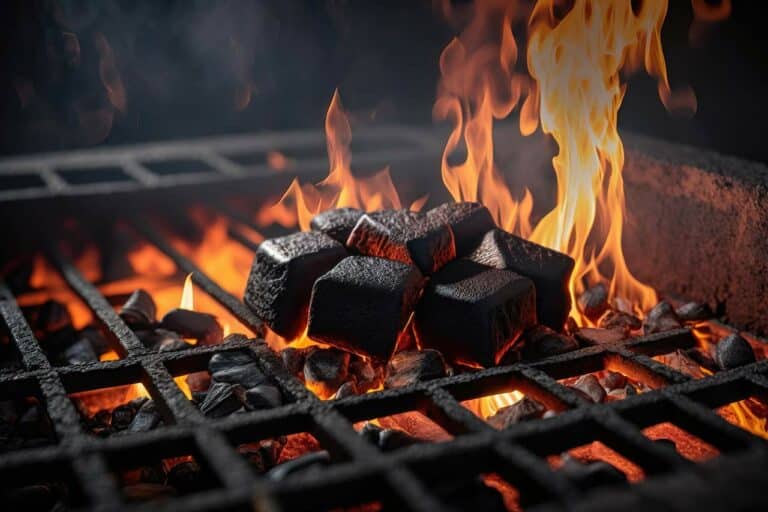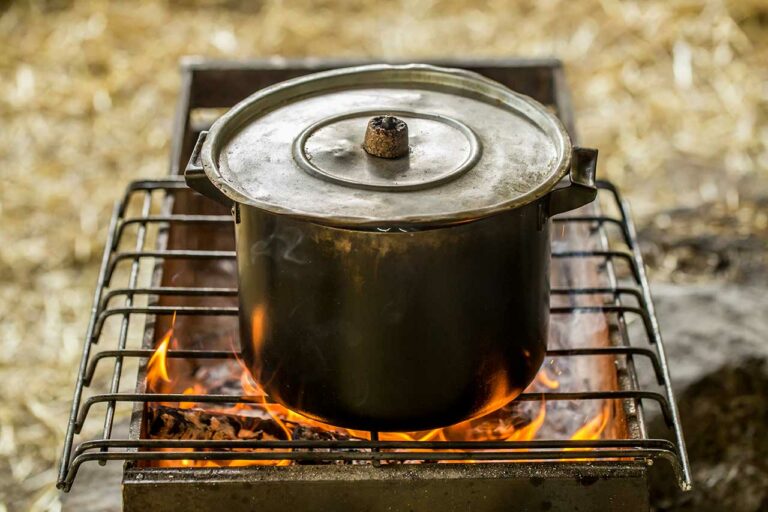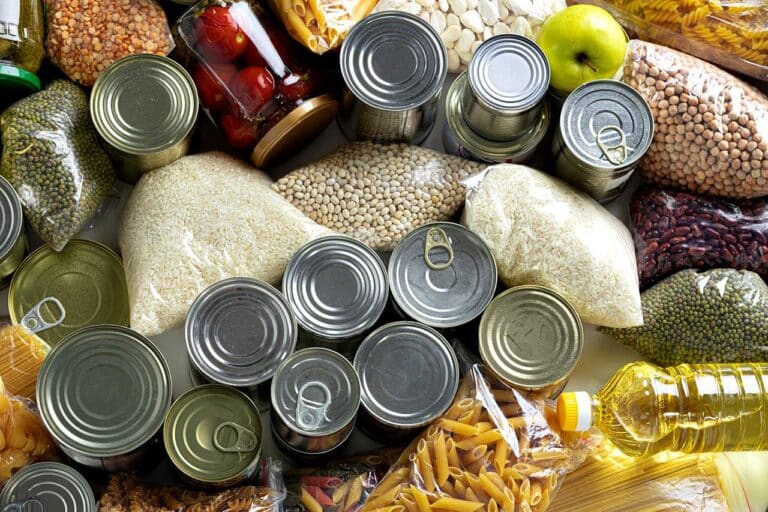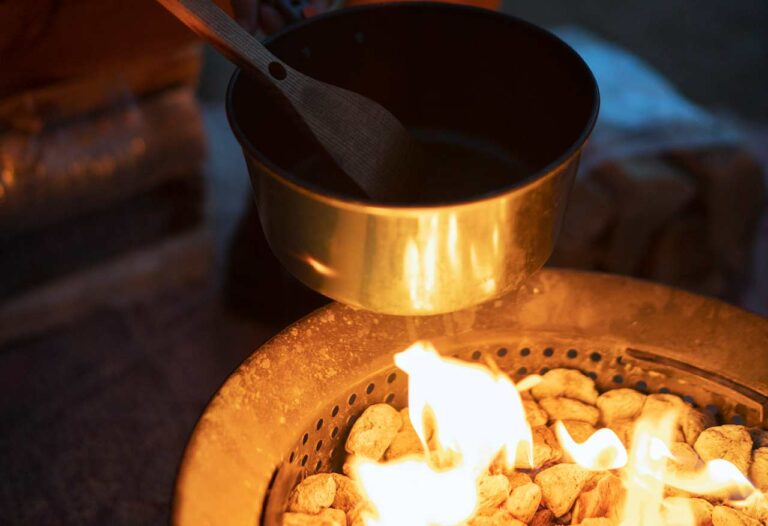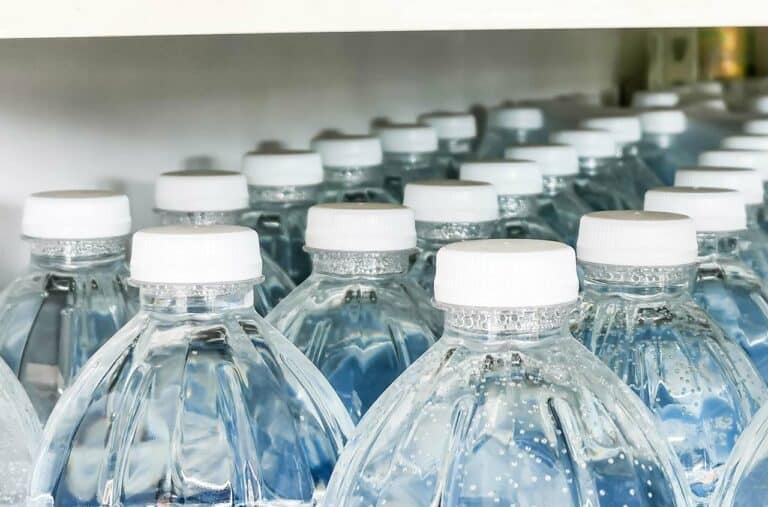How Long Will Bottled Water Last? (Expert Storage Tips)
If you’re storing bottled water as part of your power outage preparation plan, it’s essential to know how long that bottled water will last. It’s also essential to know the shelf life of bottled water can depend on several factors, like the brand and storage conditions.
Most bottled water has a declared shelf life of 1-2 years, but it can last longer if stored properly. It’s important to be aware of the expiration date on your water bottles, as it might not be safe to drink once it’s past that date.
The U.S. Food and Drug Administration (FDA) does not require a specific shelf life for bottled water, but it does expect companies to adhere to good manufacturing practices. This includes regular testing to ensure the water remains safe to drink.
Many bottled waters can be stored well beyond the expiration dates on their packaging, as long as they are properly manufactured and stored.
Understanding Shelf Life of Bottled Water
When it comes to the shelf life of bottled water, this may be the most important fact: the FDA believes there’s no set shelf life for unopened, properly stored bottled water.
However, expiration dates provided by manufacturers serve as a helpful guideline for quality and safety.
Expiration Dates and Their Purpose
Expiration dates, also known as “best before”, “best by”, and “best if used by” dates, are the manufacturer’s estimate of when a product will have reached its peak quality. These dates aren’t necessarily about the safety of the product; rather, they let you know when the water will be at its best taste and freshness.
For bottled water, most manufacturers use a 2-year expiration date as a guideline. But that doesn’t mean the water becomes unsafe to drink at that date. If you store bottled water properly, away from sunlight and in a cool, dry place, it can remain safe to drink for an indefinite period of time. This is based on the FDA guidelines.
However, it’s important to note that the taste and quality of the water will likely change over time.
Storage Conditions for Longevity
To make sure your bottled water lasts as long as possible, it’s essential to store it properly. Proper bottled water storage has two major components – ideal temperature and limiting the effects of sunlight and heat.
Ideal Temperature
The ideal temperature range for storing water is between 50°F and 70°F (10°C and 21°C), according to the CDC, or about room temperature. Keeping your bottled water in a pantry, cupboard, or basement can help maintain a stable temperature and prolong its shelf life.
Avoid storing your bottled water in areas that experience extreme temperature fluctuations or are prone to dampness that can cause plastic to deteriorate or encourage mold and mildew growth.
Effects of Sunlight and Heat
Direct sunlight and heat are the two main factors that can negatively impact the quality and longevity of your stored bottled water. Prolonged exposure to UV rays can lead to the breakdown of the plastic, affecting the taste and quality of the water. Heat can not only cause plastic bottles to warp but can also promote the growth of bacteria and other microorganisms.
To mitigate these effects, store your bottled water in a dark area, away from windows or direct sunlight. If possible, keep the bottles in a cool, dry place like a pantry or basement.
Plastic Bottles and Their Concerns
Leaching and Chemical Contamination
So, what exactly happens to the plastic when you store bottled water in direct sunlight or heat? Can the water become dangerous? Well, with the potential for chemicals to leach from plastic bottles into the water you drink, it’s a possibility. Some plastics, like those containing Bisphenol A (BPA) or phthalates, are known as endocrine disruptors, meaning they can interfere with your body’s hormonal system.
BPA is found in polycarbonate plastics, whereas phthalates are present in polyvinyl chloride (PVC) plastics. Though BPA-free options like PET (polyethylene terephthalate) and HDPE (high-density polyethylene) are becoming more common, the possibility of chemical contamination still exists. So if you’re going for bottled water, using BPA-free PET or HDPE bottles is always a better choice.
Physical Degradation Over Time
Another concern when it comes to plastic water bottles is their physical degradation over time. The plastics can break down, especially if they’re not stored properly (e.g., in sunlight or high temperatures). While PET plastic bottles are lighter and more recyclable, they can be more susceptible to physical degradation compared to HDPE bottles.
Even reusable water bottles made from plastic might degrade faster than water bottles made from other materials. So it’s essential to check for any signs of wear and tear on your reusable bottles to ensure your safety.
How Do I Know If My Bottled Water Is Safe To Drink?
With the possibility of storing bottled water indefinitely, it’s vital to have a method to determine its safety and quality over time. While visual checks for bottle integrity and clarity of the water are basics, the taste test remains the most practical way to gauge the freshness of your supply.
Every few months, take a bottle from your stockpile and sample it. If it tastes off or stale, it might be an indicator that the entire batch has started to degrade in taste and quality. Remember, while water can remain safe beyond its best-by date, its flavor can change, especially if there’s any chemical leaching from the plastic.
Routinely testing a bottle not only reassures you of its drinkability but also provides a heads-up on when it might be time to replenish your stash. Prioritizing your health and ensuring the water’s palatability will keep you prepared, especially when you need to be most, like during power outages or emergencies.


